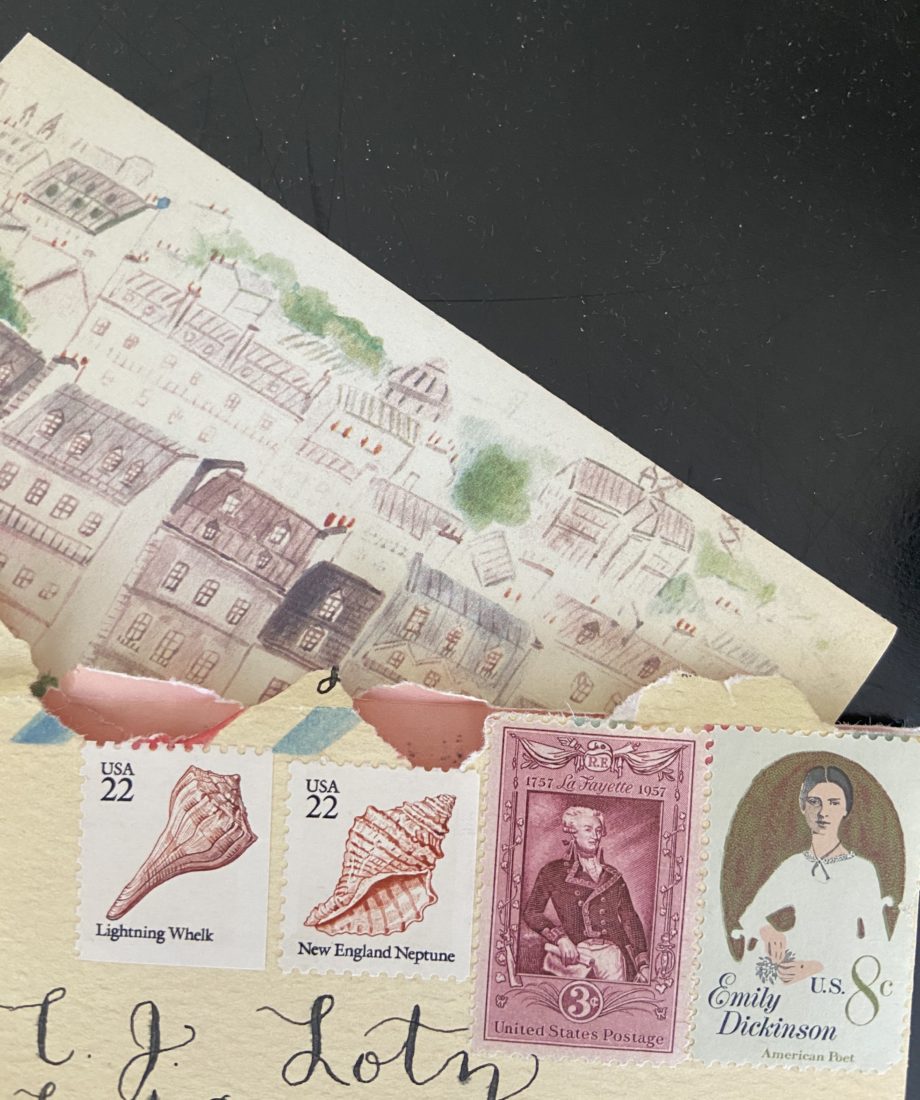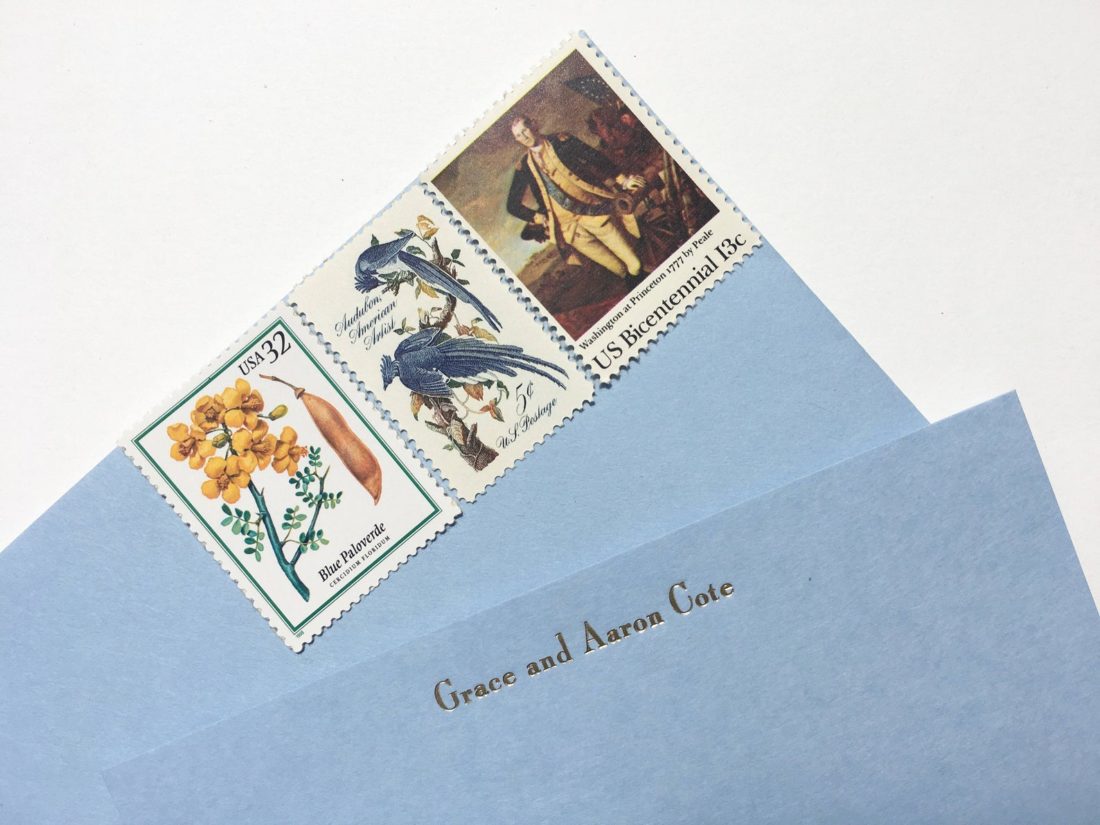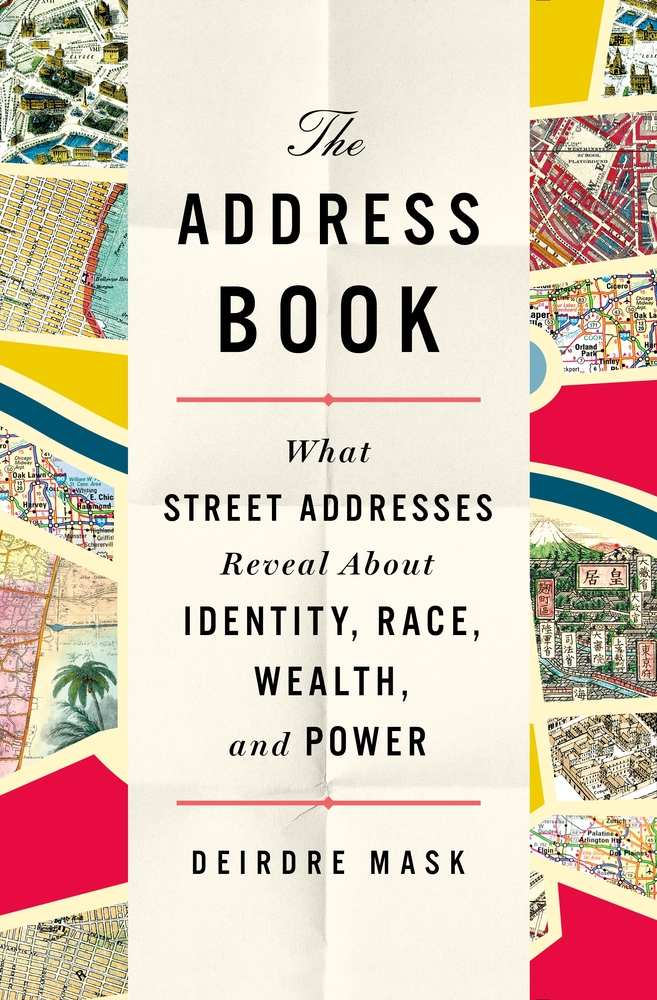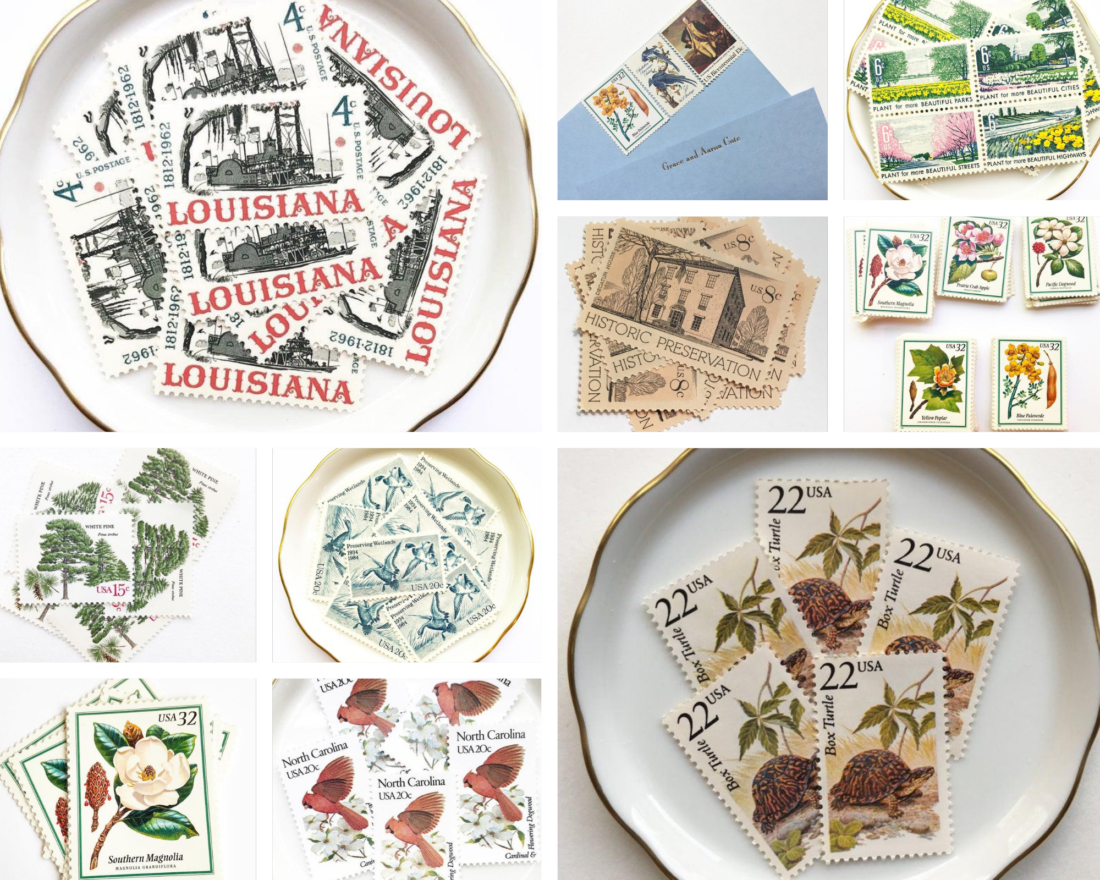The handwritten note of encouragement that the Garden & Gun contributor Sallie Lewis sent me during quarantine was a thoughtful, kind gesture—and one filled with an extra touch of beauty: vintage stamps of portraits and sea shells. Delightful. Turns out there are people who collect and still use vintage stamps—Lewis, and now me, among them—and people who collect and sell them, such as Gracie Cote of Enfield Post in Charlotte, North Carolina, who runs a beautiful online shop full of tiny mailable bits of treasure.

“Snail mail is the best antidote to the over-connectedness of today’s digital world,” Cote says. “Snail mail is nostalgic, and people have shared stories with me about special letters they’ve kept, like missives from summer camp, wartime love letters inherited from grandparents, and birthday cards containing handwriting of family members who have passed.”
With Southerners spending more time at home, there’s been an uptick in sending letters, Cote says. “It’s true that letter writing is a lost art, but based on how many friends I have made through letter writing, I would say there has been a resurgence. The act of sitting in solitude and slowly writing one’s thoughts and feelings out in silence, there’s nothing that can compare to that.”
We caught up with Cote to learn more about her collection, and she shared tips for using vintage stamps on our own snail mail. Spoiler: Get a glue stick.
How did you get into stamps?
I started collecting four years ago after my first child was born. I was looking for something quiet I could do while the baby napped that also stimulated my brain. I studied art history and have worked in galleries, so I love the design and historical aspects of postage stamps.

When did you start your business?
Soon after I started collecting, I saw there was a lack of good quality, dependable sellers that could source stamps for a younger generation of snail mailers and invitation designers. I had the time and energy, so I made it happen.
You don’t have to spill all your secrets, but any tips for sourcing?
The best advice I can give to anyone interested in stamps is to join your local philatelic [stamp collector] club. Almost every city has one. It’s a great way to meet people and find sources for buying and trading unused postage. I have learned so much from being a part of my club and hearing from long time collectors about niche topics.
What kinds of images are you drawn to on stamps?
Apart from historical figures, birds and boats are by far the most common themes on vintage postage stamps. My personal favorite is the 5 cent John James Audubon stamp from 1963, an elegant rendering of a pair of blue Columbia jays. To me, blue equals peace and calm, so I always gravitate to it.

Any tips on combining stamps on letters?
My advice is to always keep it simple. Pick one color or one place and choose vintage stamps in that category. I recently curated stamps for a wedding invite where the couple was from Oregon and Texas. We chose a mix of stamps representing those two places (tall trees, a beaver, and the Oregon coastline, as well as a Texas flag and mockingbird). The result was so fun, and it captured the couple’s personality perfectly.
Any other advice?
Use a glue stick when applying vintage postage. No one knows for sure what they put in the adhesive glue all those years ago! This is no place for licking. People also use water sometimes, but I find this can wrinkle the stamps.

Learning how postage and the postal system began has been the most fun part of my philatelic journey. There’s a recent book out called The Address Book by Deirdre Mask that goes into detail about it, and shares how streets and addresses got started and why they are important. Stamp history is absolutely fascinating. Stamps are a tangible symbol of the human need for connection and communication.








